Announcement
Collapse
No announcement yet.
Nagorno-Karabagh: Military Balance Between Armenia & Azerbaijan
Collapse
X
-
Armenia “unmanned tank” changes its purpose depending on what it is installed
09:37, 31.03.2018
YEREVAN. – The KBX company of Armenia has manufactured an “unmanned tank.”
Speaking to Armenian News-NEWS.am during the ArmHiTec 2018 international exhibition of arms and defense technologies which is held in Armenia’s capital city of Yerevan, company representative Davit Nikoghosyan said this “tank” weighs about 200kg and it can carry up to 300kg of load.
“This is a universal platform; it will change its purpose depending on what you will install [on it],” he said. “For example, if you install a camera, you will be able to use it for intelligence purposes. If you install a weapon, it can hit an object.”
But in the company representative’s words, even though this gear is unique in its kind, it is not yet used because it still needs to go through certain tests.
Nikoghosyan added that this “unmanned tank” operates on electric motors.
 In the company representative’s words, even though this gear is unique in its kind, it is not used yet…
In the company representative’s words, even though this gear is unique in its kind, it is not used yet…
Comment
-
Comment
-
-
«Հրեշը», «Բիբն» ու «S1»-ը՝ հակառակորդի սարսափ. նոր ԱԹՍ-ներ հայկական ընկերությունից- Lragir.am
- Ներքին կյանք - 31 Մարտի 2018,
Հայկական արտադրության «Հրեշ» (HREESH) հարվածային և ինքնաոչնչացվող (կամիկաձե) անօդաչու թռչող սարքը կարողանում է խոցել հակառակորդի` 20 կմ հեռավորության վրա գտնող թաքնված օբյեկտները: Սպառազինության և պաշտպանական տեխնոլոգիաների «ArmHiTec-2018» միջազգային ցուցահանդեսին ներկայացված ԱԹՍ-ն «Pro MAQ» ընկերությունների խմբի միակ արտադրանքը չէ: Նորաստեղծ ընկերությունը հանդես է եկել նաև «Բիբ» հարվածային, ինչպես նաև հետախուզության և հրետանու կրակի կարգավորման «S1» անօդաչուներով:
«Արմենպրես»-ի հետ զրույցում ընկերության նախագծերի համակարգող Վահան Վարդանյանը նշեց, որ սարքերը բարեհաջող կերպով անցել են փորձարկումներ անձրևի և քամու պայմաններում: «Հրեշը» հարվածային, ինքնաոչնչացող (կամիկաձե) անօդաչու թռչող սարք է, նախատեսված է 20 կմ հեռավորության վրա գտնող օբյեկտների խոցման համար: Թույլ է տալիս հակառակորդի այնպիսի օբյեկտներ խոցել, որոնք ուղիղ տեսանելիությամբ չեն կամ թաքնված են»,-ասաց Վահան Վարդանյանը:
Նկարագրելով «Բիբ» (BEEB) հետախուզական սարքերի հնարավորությունները` Վահան Վարդանյանը նշեց «BEEB 3200»-ը բազմաֆունկցիոնալ է, կարող է ծառայել ինչպես հետախուզության նպատակով, այնպես էլ որպես ռմբակոծիչ: «Ավելացվում է առանձին կտոր, որտեղ ռումբեր են տեղադրվում ու կարող են սահմանված վայրում բաց թողնվել: «BEEB 3000»-ը ևս հետախուզության համար է նախատեսված, 4-5 ժամ թռիչքային ժամանակ ունի մինչև 50 կմ խորության վրա»,-ասաց ընկերության ներկայացուցիչը:
«BEEB 1800»-ը ևս հետախուզական և հարվածային անօդաչու թռչող սարք է, «Հրեշի» նման կրում է մարտագլխիկ և ինքնաղեկավարումով կարող է խոցել օբյեկտները:
Ինչ վերաբերում է «S1»-ին, ապա դրա աշխատանքային բարձրությունը 4 կմ է, թռիչքի տևողությունը 2 ժամ: «Այն կոորդինատներ է հաղորդում հրետանուն կրակի վարման համար»,-հավելեց Վահան Վարդանյանը:
Հարվածային և հետախուզական նպատակ հետապնդող այս սարքերը ղեկավարվում են օպերատորի կողմից, որից հեռավորությունը, կախված խնդրից, կարող է լինել 30-50 կմ:
Ընկերությունը ներկայացրել է նաև կապի միջոցներ, որոնց փորձարկումները ցույց են տվել, որ գրեթե անհնարին է դրանց խլացումը:
«Pro MAQ» ընկերությունների խումբը ներկայիս կազմով ձևավորվել է մոտ կես տարի առաջ` Ինֆորմացիոն տեխնոլոգիաների ձեռնարկությունների միության հայտարարած մոբիլիզացիոն ծրագրի արդյունքում: «Տարբեր ոլորտներից տարբեր մասնագետներ մեզ միացան և սկսեցինք աշխատանքները: Արդյունքում ունեցանք այն, ինչ ցուցադրված է»,-ասաց Վահան Վարդանյանը: Հարցին ի պատասխան, թե որոնք են ներկայացված անօդաչուների մրցակցային առավելությունները արտասահմանյան նմանատիպ սարքերի համեմատությամբ` մեր զրուցակիցը նշեց՝ դրանց մատչելիությունը: Նրա խոսքով` Պաշտպանության նախարարությունը հետաքրքրված է նշյալ արտադրանքներով, իրենք էլ աշխատում են այնպես անել, որ սարքերն ամբողջությամբ կատարեն իրենց առջև դրված խնդիրները, լինեն մատչելի և միևնույն ժամանակ հեշտ կառավարելի` զինվորի օգտագործման տեսանկյունից:
Comment
-
Q&A with Emil Sanamyan: On Armenian-Azerbaijani Frontline since 1994
26-03-2018Share:

Emil Sanamyan at USC conference in April 2017. Civilnet
CivilNet’s Tatul Hakobyan interviewed Emil Sanamyan, editor of the Focus on Karabakh on March 24, 2018. Originally published by Civilnet.
TH: Mihran Hakobyan, the ruling party MP, recently claimed that during Serzh Sargsyan’s presidency, the Armenian army took control of 200 square kilometers of land in Armenia-Nakhichevan border. His comment came after criticism that during Sargsyan’s presidency Armenian forces lost 8 square kilometers of land in Karabakh. We know that in Nakhichevan direction there were some changes in 2014-5 in Armenia’s favor, but can we really talk about 200 square kilometers (or 20,000 hectares)?
ES: The entire length of Armenia-Nakhichevan border is less than 200 kilometers, so obviously this number is exaggerated or control is being confused with ability to observe or monitor. While there were some redeployments made in the direction of Nakhichevan, specifically in the area southwest of Sisian, the area in question is roughly between 10 and 20 square kilometers (or 1,000 to 2,000 hectares). By the way, a similar redeployment happened in June 2008, when Armenian forces moved up positions to Mt. Gyamish (Gomshasar) on the Mrav mountain range.

Area south / southwest of Sisian where Armenian forces re-deployed into previously neutral high ground in June 2014. Google map
TH: What is the difference between these changes, strategically and militarily?
ES: If the question is about territorial changes in Sisian or Mrav areas compared to the outcome of the April war of 2016, then the positions in Sisian and on Mrav are on higher elevation (rising above 3,000 meters) and one could say more strategic, giving Armenian units a largely unencumbered view of the towns of Nakhichevan and Ganja, whereas the hills captured by Azerbaijanis near Talish and Horadiz, each of which is about 400-600 meters high, are of more tactical significance.
Of course, there is also a big difference in how these were captured. Most significantly, Armenian soldiers died defending Laletepe and the heights of Talish, while there were no casualties directly as a result of Armenian redeployments in 2008 and 2014-15, since they were moving into the previously neutral ground, though of course not without difficulty considering the geography.
But loss of life always gives events like these more significance. While loss of territory, particularly at such tactical level as happened in Talish and Horadiz, is quite understandable, the government and the experts must study what led to the significant loss of life at these posts, especially the 19 deaths at or near Laletepe, and also throughout the April War. It is necessary to understand how the likelihood of such events could be diminished in the future.
Comments like those of Mihran Hakobyan seem to equate these two different types of events and gloss over the cost Armenian soldiers paid in the April War. As did, by the way, Serzh Sargsyan’s comments when he said in May 2016 that the heights lost were of no significance.
TH: We know that since the 1994 May ceasefire, the Line of Contact changed primarily because the Azerbaijani forces moved forward and took control of no man’s land. Have there been any studies conducted to understand which side has gained more since 1994?
ES: Just looking at Google Maps over the years one could observe new trench work due to Azerbaijani redeployments particularly in the lowland areas, from Araxes River in the south to Inja River near Talish. If in 1994 no-man’s land was fairly large, in some places stretching for kilometers, since the 2000s, because of Azerbaijani redeployments into the former neutral zone, no-man’s land has been reduced to less than a few hundred meters in most areas.
One immediate consequence of this was more casualties from sniper fire, on both sides. Another consequence of this proximity in frontline posts is that this made hit-and-run type diversionary attacks by Azerbaijani forces easier to pull off, resulting in mounting casualties especially since 2014 and eventually in April 2016.
TH: What about the Armenia-Azerbaijan border. What kind of changes took place since 1994 and in what directions?
ES: From 1992 to 1994, there was considerably less fighting on Armenia-Azerbaijan border than in Karabakh. Post-1994, the situation evolved differently in southern and northeastern Armenian borders.
On Nakhichevan border, specifically, there was no serious fighting after May 1992, because at the time the leader of Nakhichevan, Heydar Aliyev, agreed to a separate cease-fire with the Armenian government. On the other side of the Syunik border, there was serious fighting and bombing by Azerbaijan – particularly of Kapan – until 1993, when adjacent Azerbaijani districts were captured.
Since 1994, you had, on one hand de-militarization of eastern side of Syunik, and on the other, militarization of Armenia-Nakhichevan border. However, to this day Nakhichevan remains the quietest stretch of Armenian-Azerbaijani frontline in part because of the high altitude of most of the border, and in part because of the political decision by Azerbaijani leadership not to escalate tensions there.
By contrast, Armenia’s northeastern border has been much tenser. The main reason for this is that Armenian villages and roads are in a very close proximity to Azerbaijani positions in that area and Azerbaijani forces control some of the high ground, especially in Tavush. During some time periods since 1994, the major frontline Armenian-Azerbaijani escalations would often occur in Tavush rather than in Karabakh.
Thus, in June 2004 there was deadly fighting around a pumping station at the Joghaz reservoir. In spring 2006 there was intense sniper war near Noyemberian. In spring 2012 there was another round of escalation in the Berd area. Finally, there were intense mortar attacks on Armenian villages in September 2015, resulting in three civilians killed. Since then Azerbaijan has mostly avoided escalations in that area, after – I suspect – receiving certain signals from Russia and of course because of Armenian retaliation.
General Antranik (1865-1927): “I am not a nationalist. I recognize only one nation, the nation of the oppressed.”
Comment
-
«Կորնետ» հակատանկային համալիրը՝ Հայաստանում. խոցում է մինչեւ 8 կմ հեռավորության վրա
01.04.2018
Ռուսաստանյան արտադրության «Կորնետ» հակատանկային հրթիռային համալիրները Հայաստան են բերվել ամիսներ առաջ, բայց դեռեւս չեն կիրառվել:
Երեւանում տեղի ունեցած «ArmHitec-2018» սպառազինությունների եւ պաշտպանական տեխնոլոգիաների միջազգային ցուցահանդեսի ժամանակ NEWS.am-ի հետ զրույցում պաշտպանության նախարարության ներկայացուցիչ Արամ Խանոյանը նշեց, որ համալիրը նախատեսված է ժամանակակից եւ հեռանկարային տանկերը ոչնչացնելու, զրահապատ տեխնիկան, ամրաշինական կառույցները, ցածր թռչող օբյեկտները խոցելու համար:
«Այն կարող է մինչեւ 1 մետր 30 սմ խոցել 8 կմ հեռավորության վրա: Համալիրն արտադրված է Ռուսաստանում, Հայաստան է բերվել վերջերս եւ դեռեւս չի կիրառվել»,- ասաց նա:
Արամ Խանոյանը նշեց, որ սարքն օգտագործվում է ձեռքով:
Նշենք, որ նման տիպի հակատանկային համալիր Հայաստանը չի ունեցել:
Comment
-
Հայկական Army55M անօդաչու թռչող սարք. ցանկացած տեղանքում հնարավոր է այն շահագործել
31.03.2018
Հայկական արտադրության Army55M անօդաչու թռչող սարքն արդեն 5 տարի՝ օգտագործվում է Զինված ուժերում:
Երեւանում «ArmHitec-2018» սպառազինությունների եւ պաշտպանական տեխնոլոգիաների միջազգային ցուցահանդեսի ժամանակ Ռազմական ավիացիոն համալսարանի դասախոս, մայոր Էդգար Մովսիսյանը NEWS.am-ի հետ զրույցում նշեց, որ սարքն օգտագործվում է հետախուզական նպատակներով:
«Սարքն ամբողջությամբ նախագծված եւ պատրաստված է Հայաստանում: Տակտիկական օնլայն ղեկավարվում է մինչեւ 100 կմ, թռիչքի տեւողությունը մինչեւ 6 ժամ է: Այն օգտագործվում է հետախուզական նպատակով. ցանկացած տիպի ֆոտոնկարահանում, 3D նկարահանում կարող է անել»,- ասաց Էդգար Մովսիսյանը:
Համալսարանի ներկայացուցչի խոսքով, սարքի առավելությունն այն է, որ թռիչքը կատարվում է կատապուլտի միջոցով, իսկ վայրէջքը՝ պարաշյուտի միջոցով, ինչը նշանակում է՝ ցանկացած տեղանքին հնարավոր է սարքը շահագործել: Էդգար Մովսիսյանը նշեց նաեւ, որ սարքն առայժմ օգտագործվում է Հայաստանում, բայց իր որակով ժամանակակից մյուս անօդաչու սարքերին ոչնչով չի զիջում. «Համապատասխանում է մեր պայմաններին, կարողացել ենք այնպիսի արտադրանք տալ, որը մեզ պետք է, մեր խնդիրներին բավարարում է: Ժամանակակից ոչ մի անօդաչու սարքի չի զիջում»,- ասաց նա:
Comment


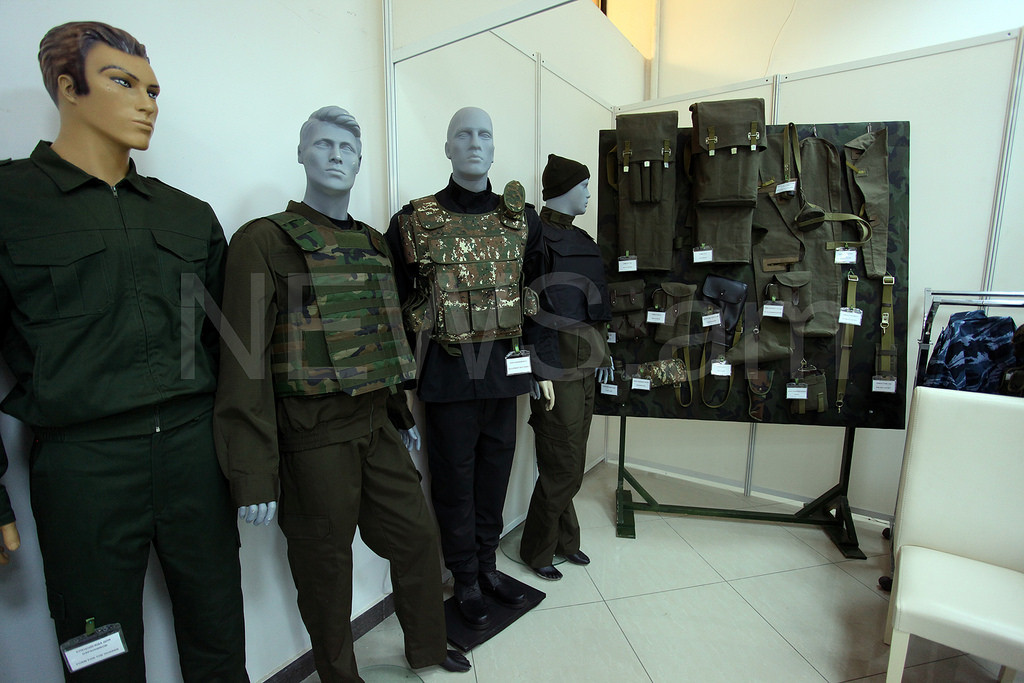
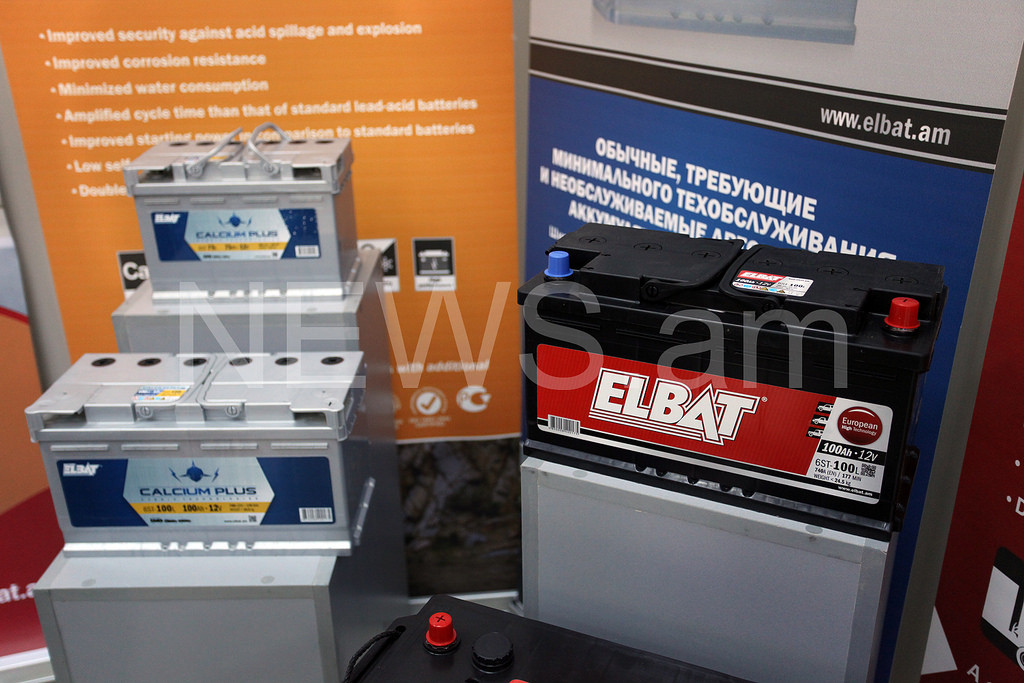
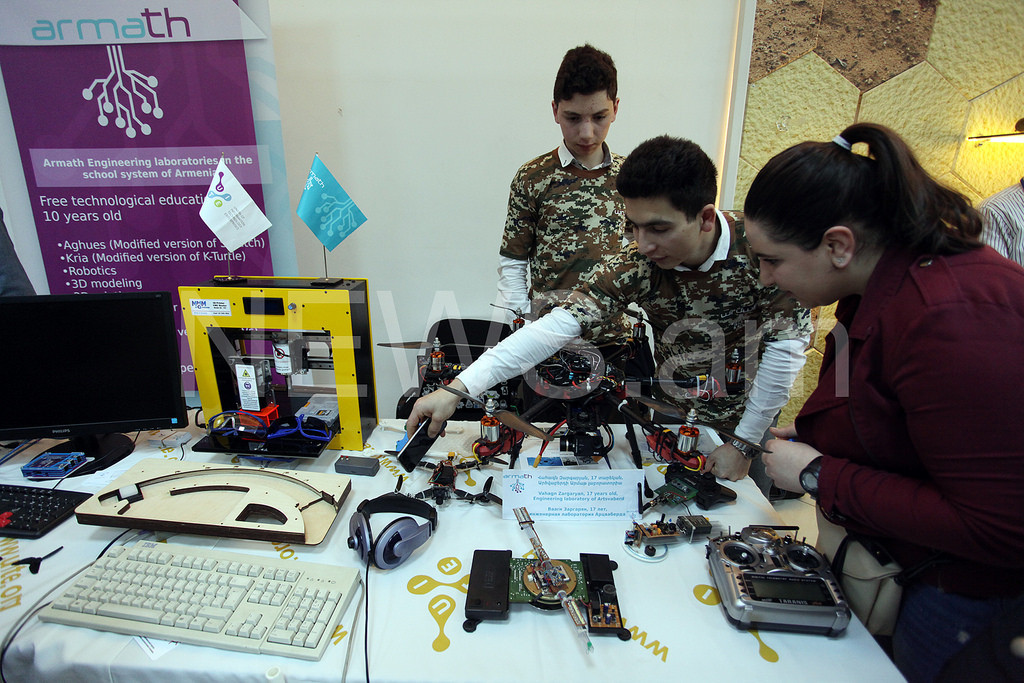
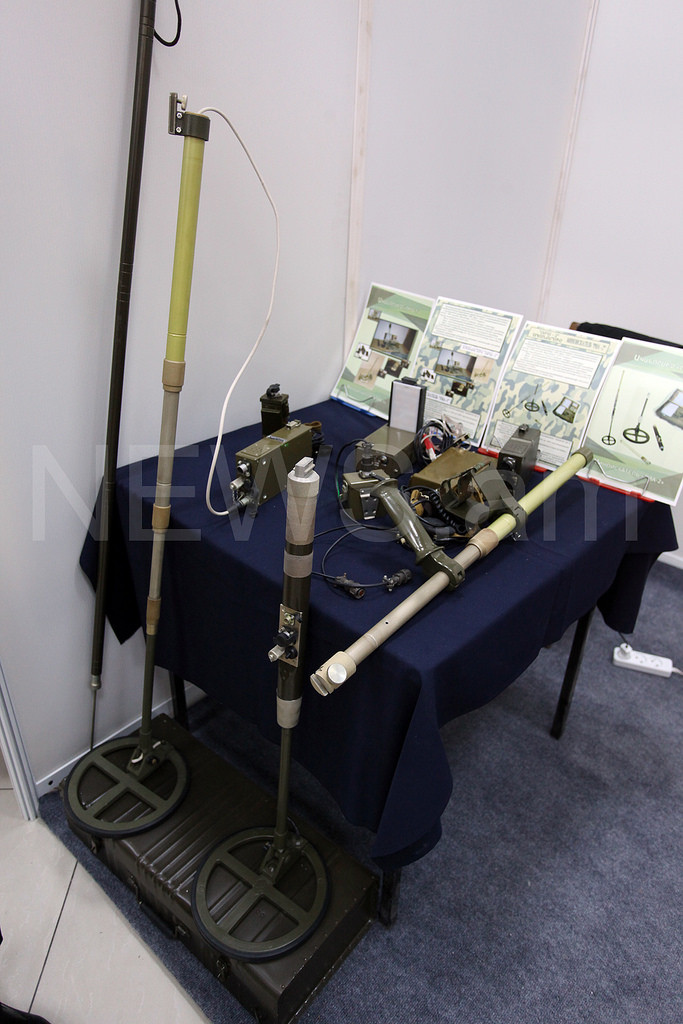
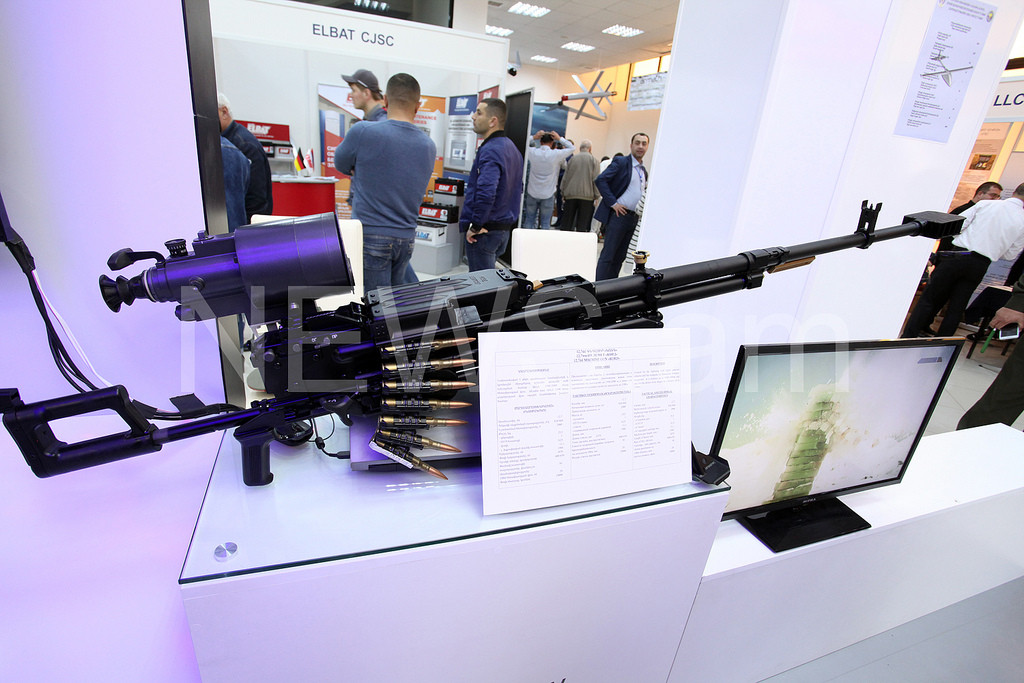
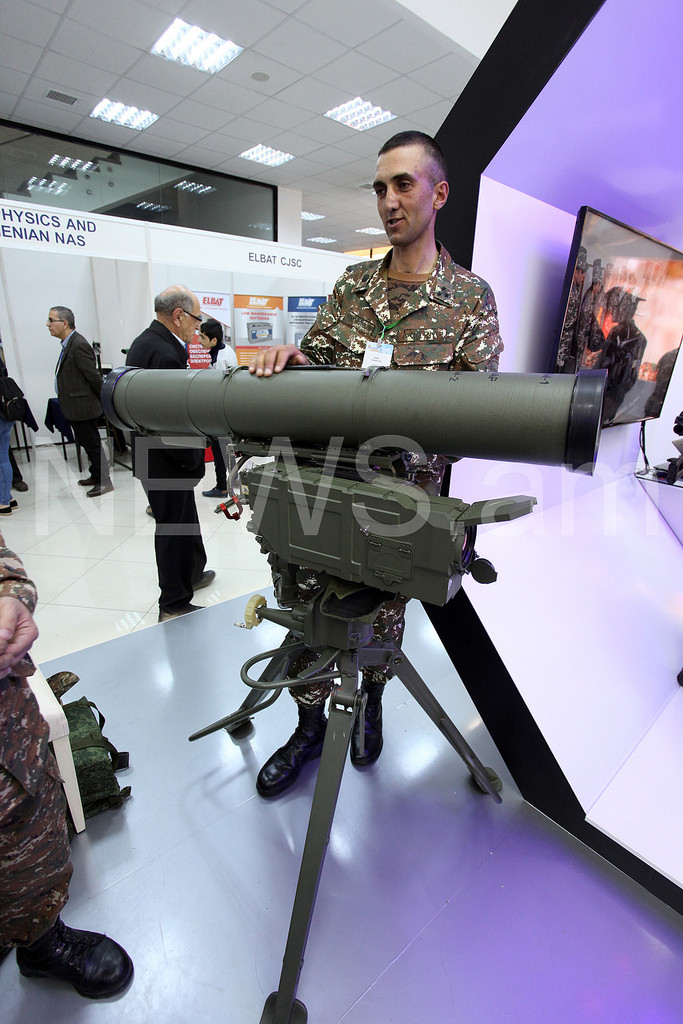
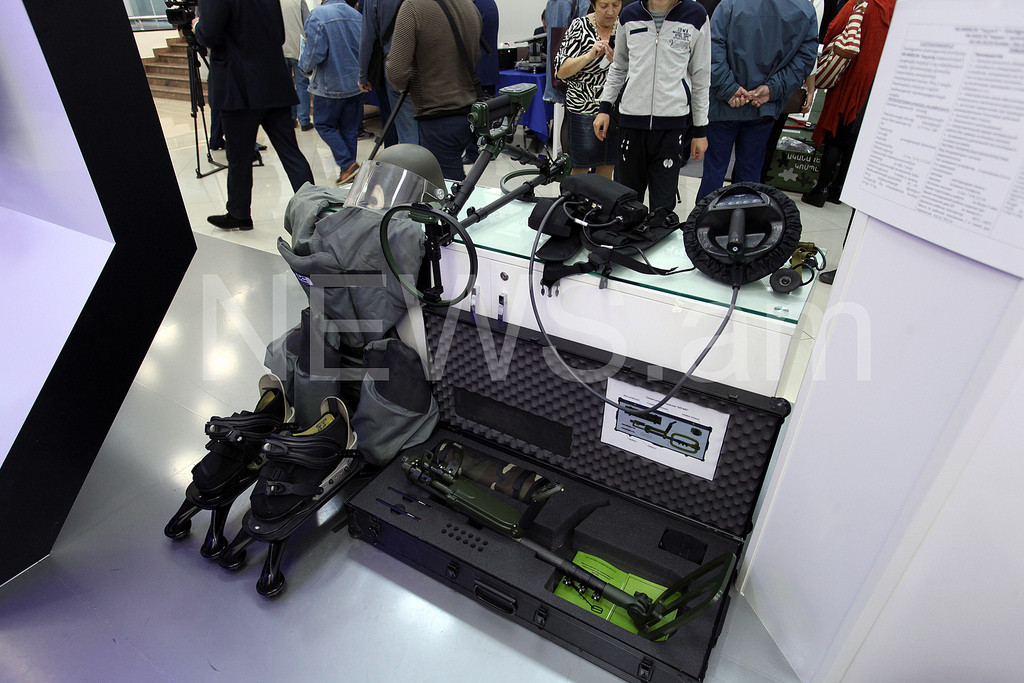

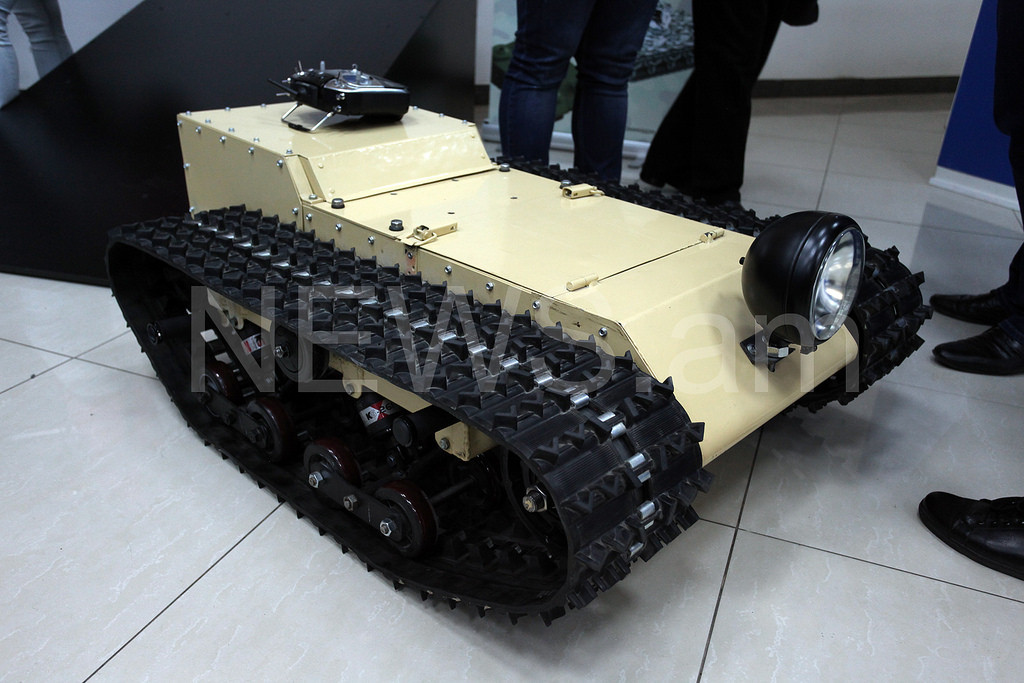
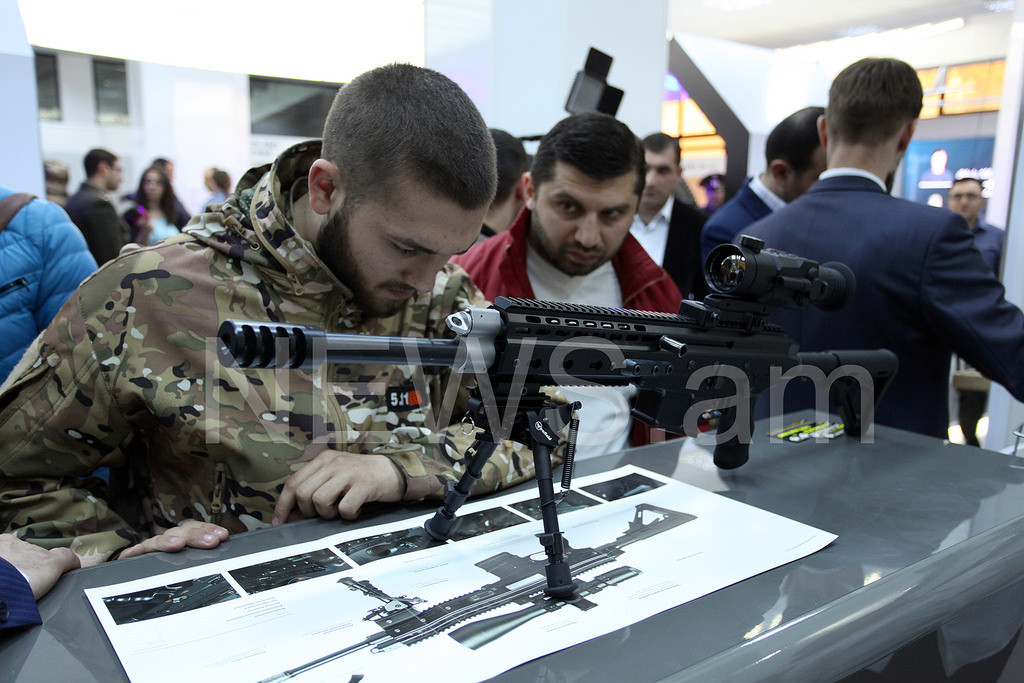

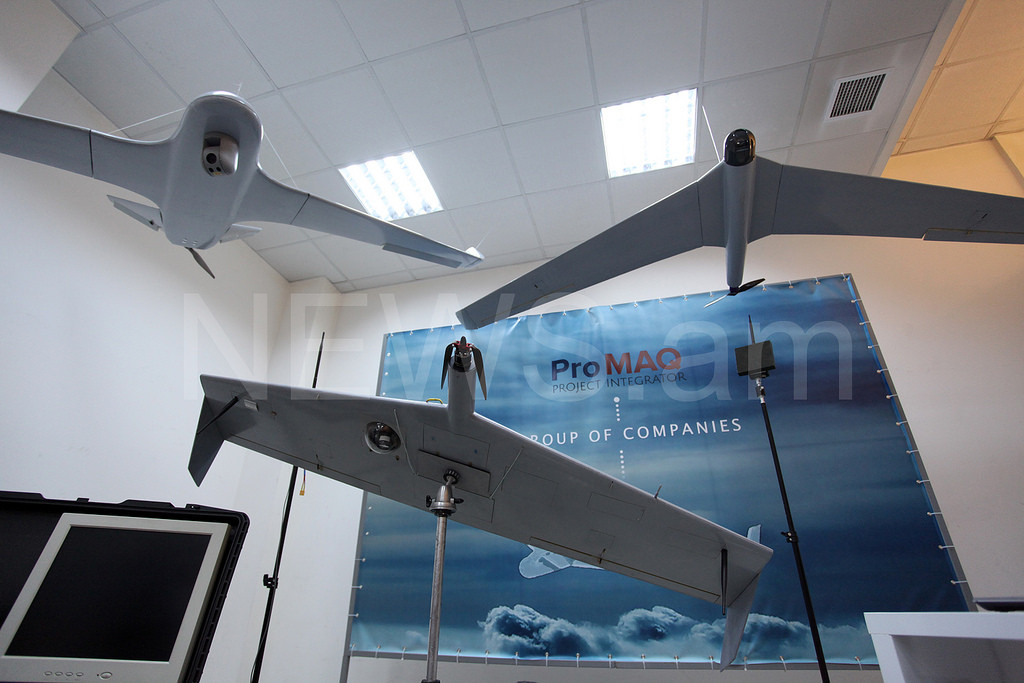
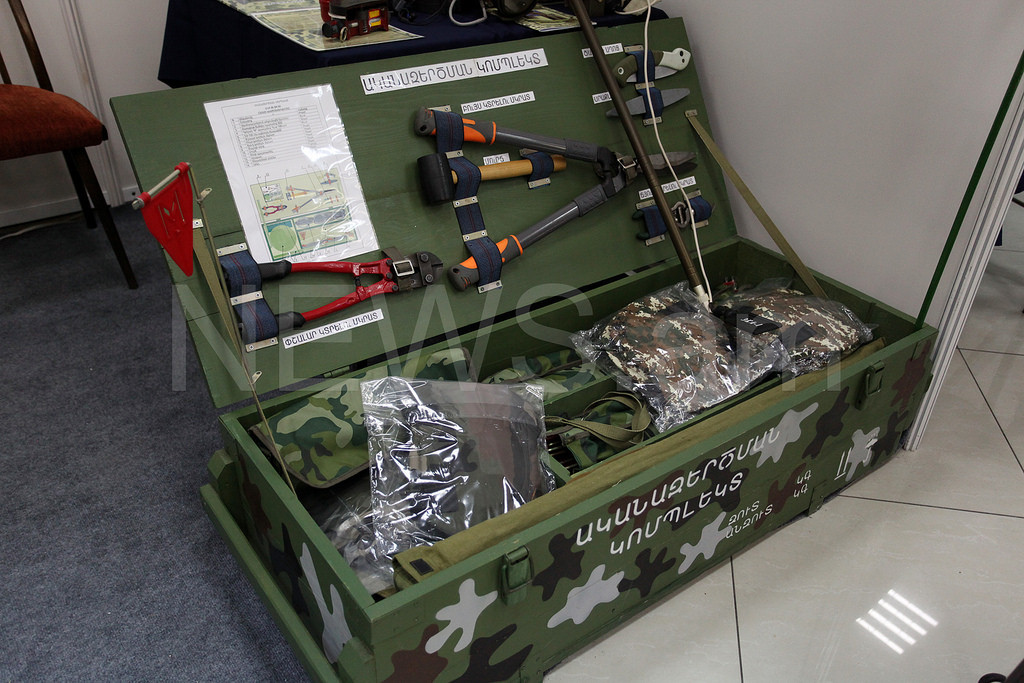
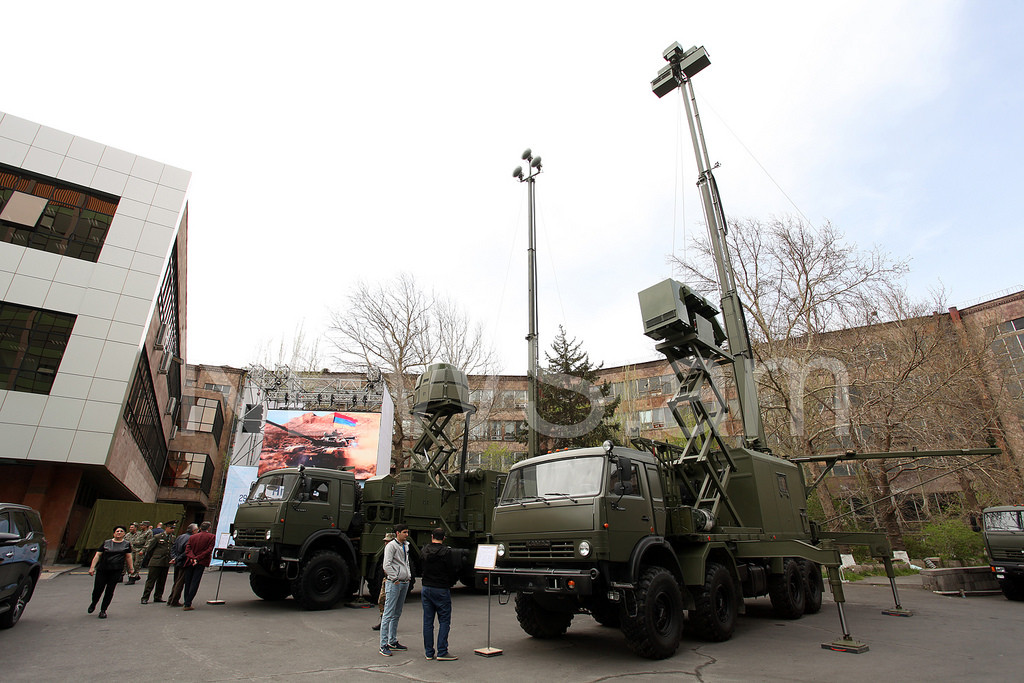
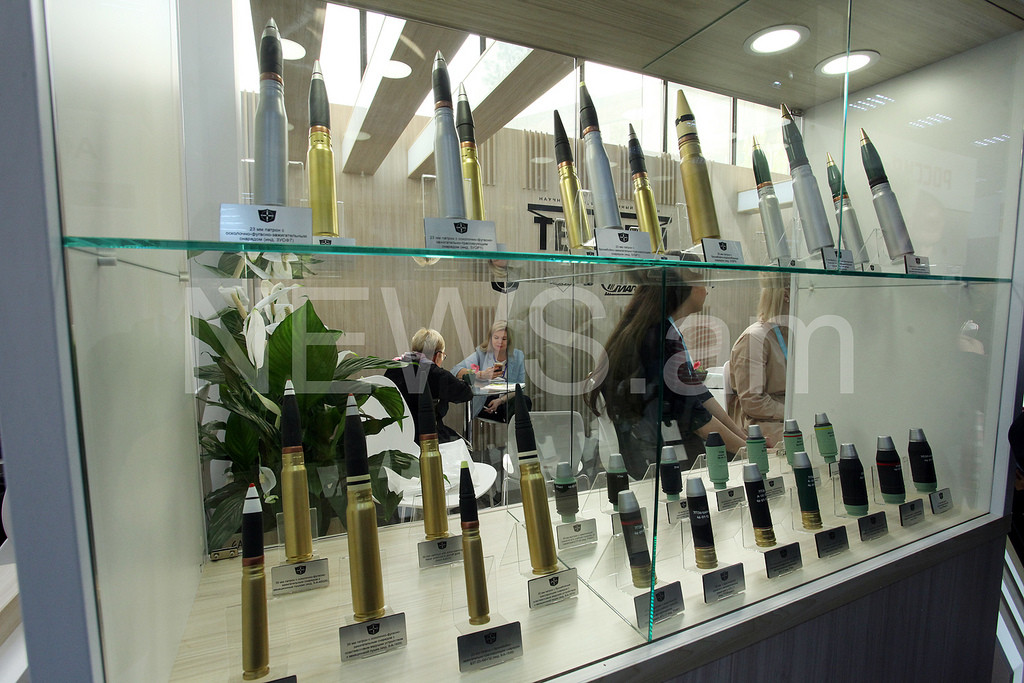
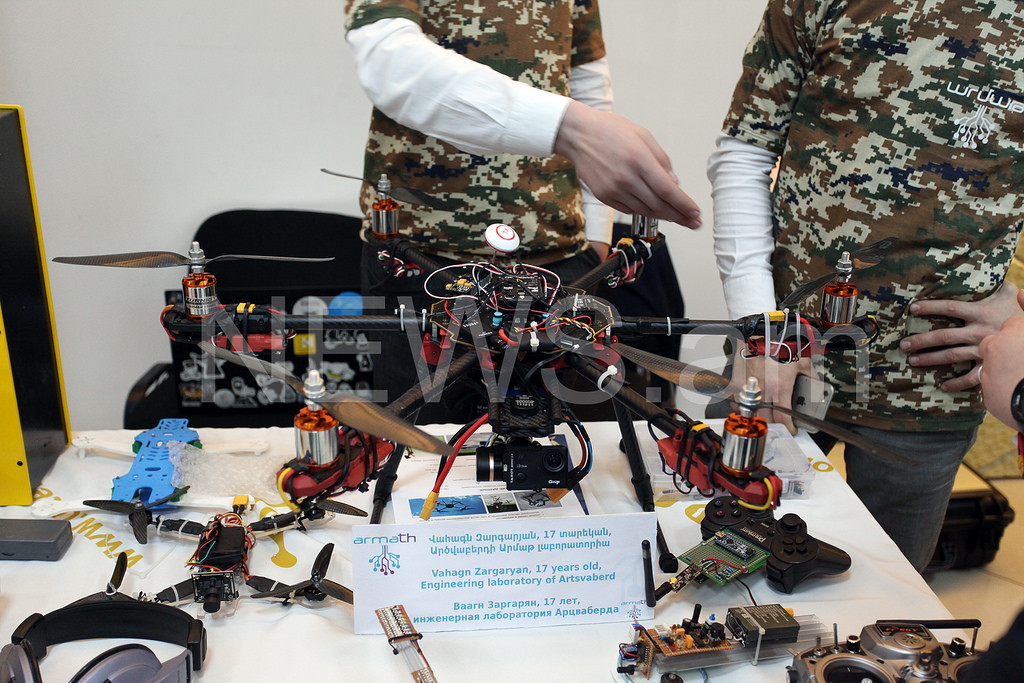

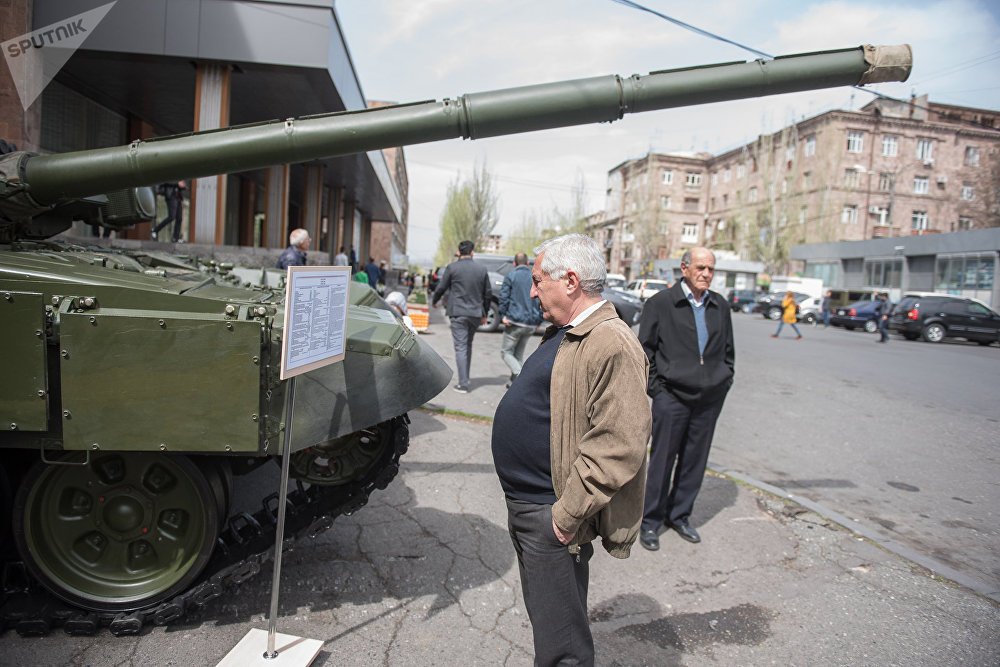
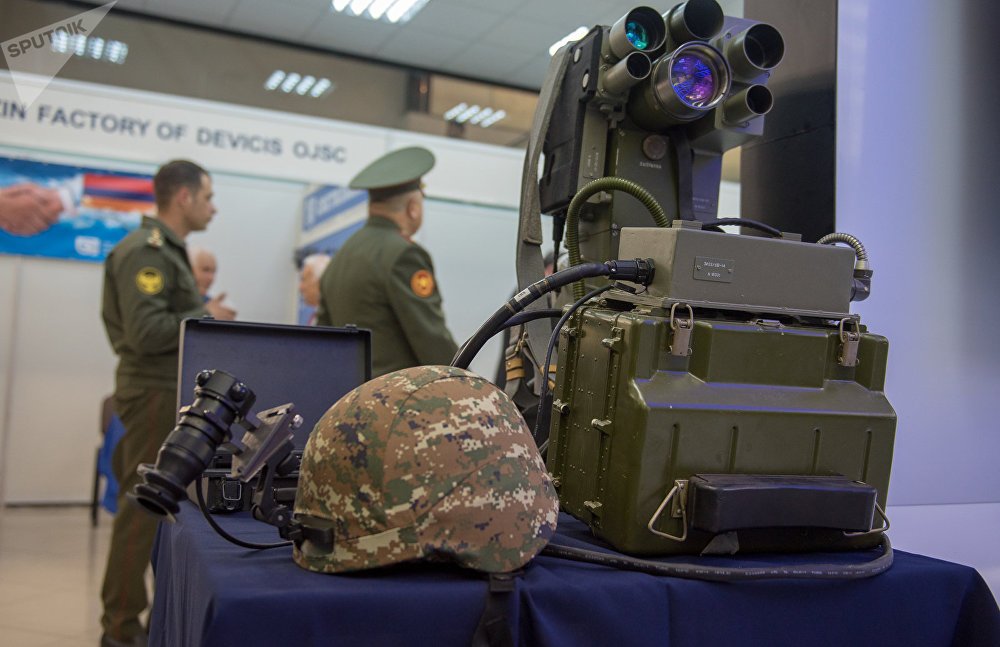
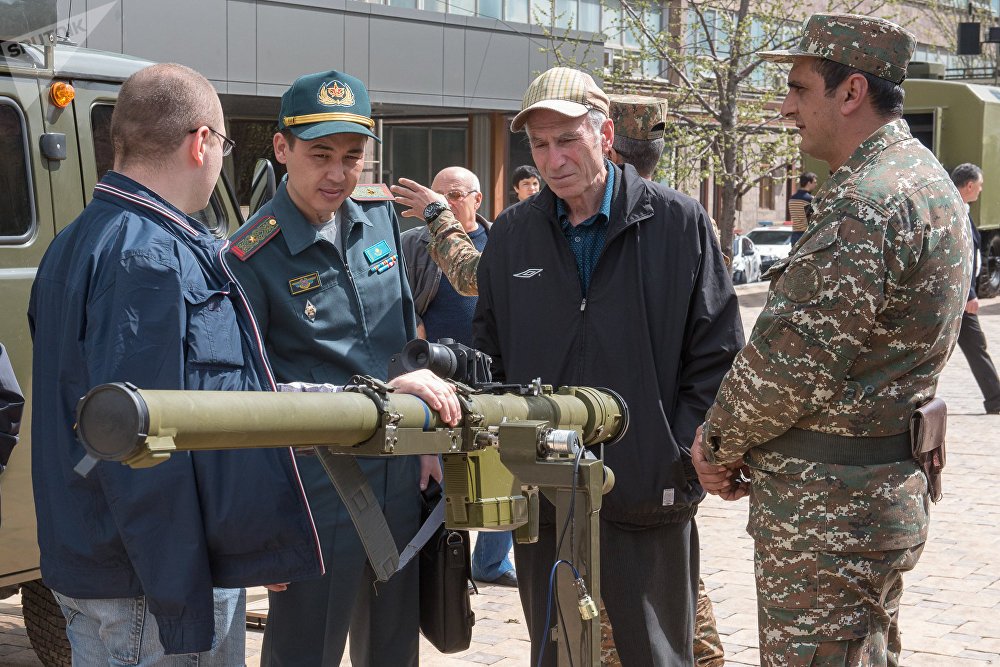
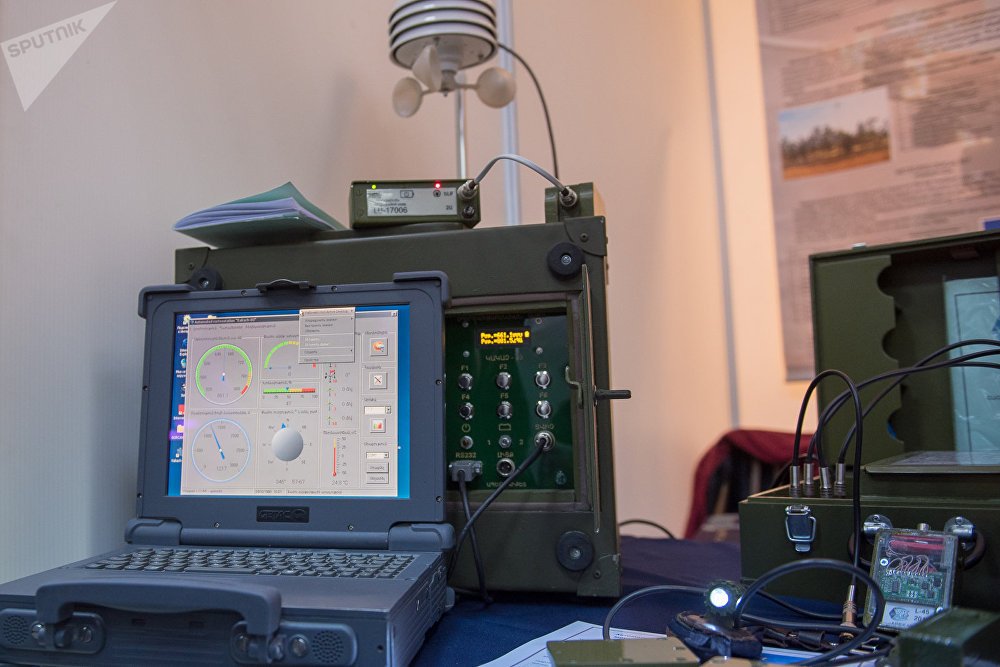
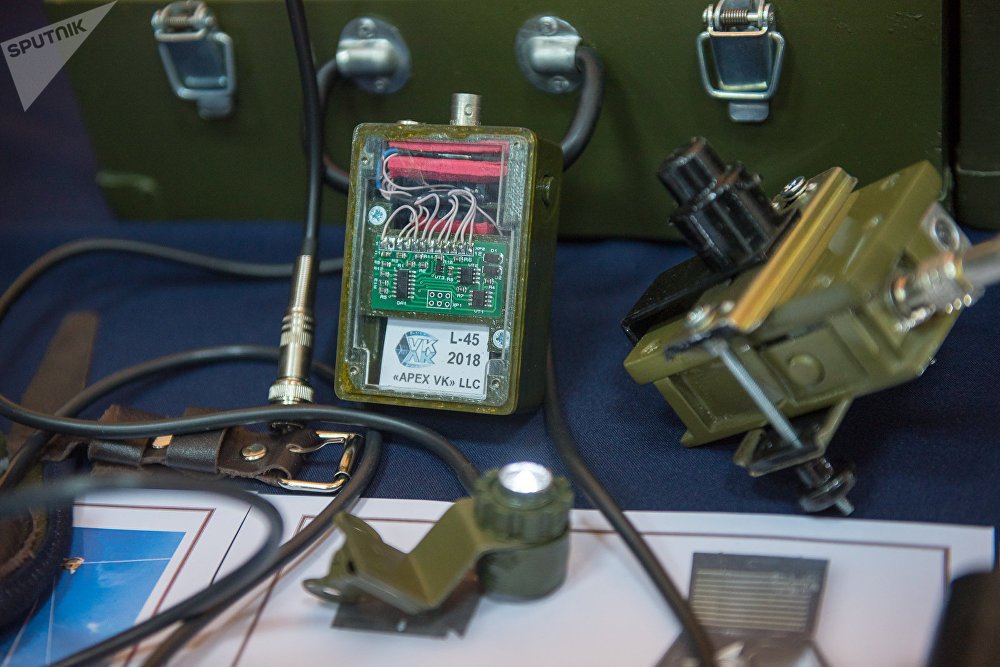
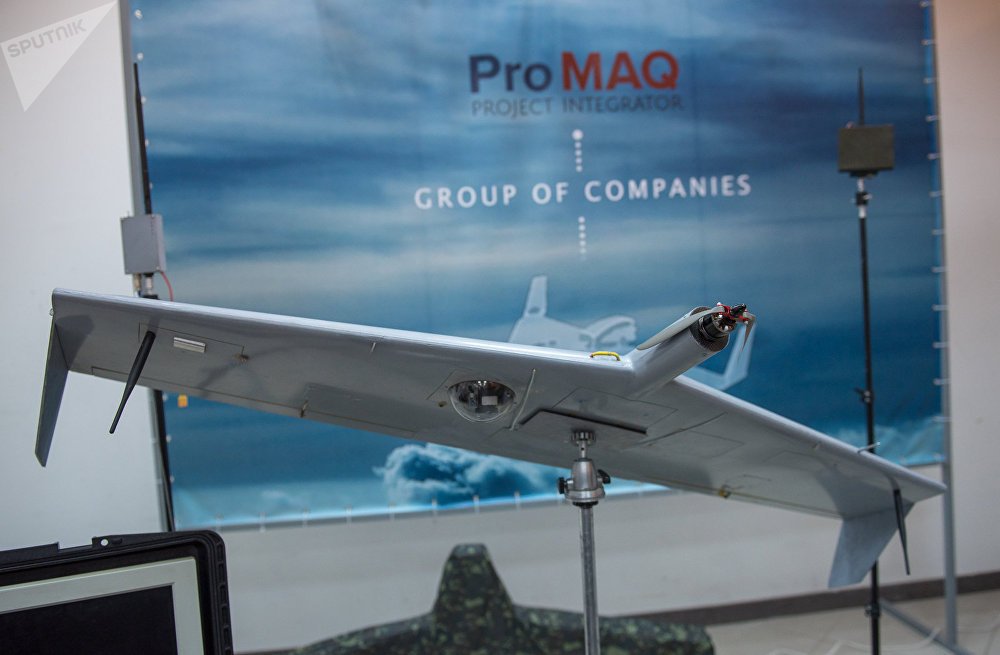







Comment